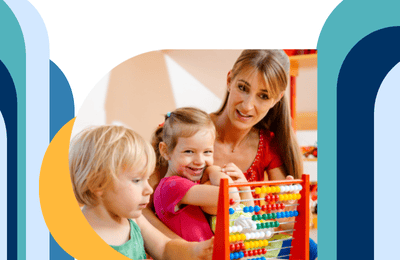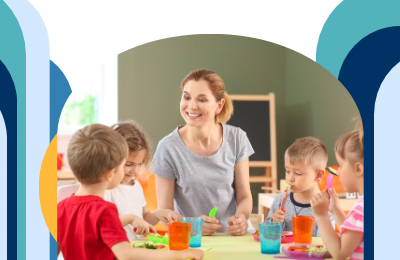Guiding Young Children Through Life’s Little Changes: Why Transitions Matter in Early Learning and Care
Transitions are a big part of a young child’s world. Whether it’s moving from home to creche, to preschool, room to room, or simply shifting from playtime to tidy-up time, these moments matter deeply in the early years.
Young children thrive on predictability and routine, and transitions—when poorly supported—can lead to stress, anxiety, or challenging behaviours. On the other hand, well-managed transitions help children develop confidence, security, and emotional resilience.
As Early Learning and Care (ELC) providers, we play a key role in ensuring these moments are gentle, supported, and child-centred. By planning ahead, using consistent cues, and respecting the young child, we can make transitions a positive part of the learning journey.
From big changes like starting preschool to smaller daily shifts like going outside to play, every transition is an opportunity to build trust, independence, and emotional wellbeing.
Download our free Transitions in Early Years Practical Sheet below to help guide children (and educators!) through these key moments with confidence and care.
Downloadable Resource: Transitions in Early Years – Practical Tips for ELC Providers
Here is the practical content you can format into a downloadable PDF. You can use a simple layout with headings, icons, and checklists for visual appeal.
Why Transitions Matter
- Support emotional wellbeing
- Reduce stress and anxiety
- Foster independence and routine
- Encourage secure attachments
- Prepare children for change and growth
Common Transitions in Early Years Settings
- Daily routines (arrival, meals, toileting, nap time)
- Activity changes (play to clean-up, indoor to outdoor)
- Developmental transitions (crib to cot, nappy to toilet)
- Big transitions (home to crèche, moving rooms, preschool to primary)
Tips to Support Children During Transitions
1. Be Predictable
- Use consistent routines and daily visual schedules
- Warn children ahead of time (“5 more minutes before clean-up”)
2. Use Verbal and Visual Cues
- Offer gentle countdowns or songs (e.g., “Tidy Up Song”)
- Use visual timers or transition cards
3. Offer Emotional Support
- Acknowledge feelings: “It’s hard to stop playing sometimes.”
- Allow comfort items during big transitions (e.g., stuffed toy)
4. Involve the Child
- Let children help lead the transition (e.g., choosing the next activity)
- Provide simple choices: “Do you want to walk or hop to circle time?”
5. Communicate with Families
- Keep parents informed of changes (new routines, key workers)
- Provide tips for consistent transitions at home
Transition Planning Checklist for Educators
- Is there a clear and calm routine in place?
- Have I given the child advance notice of change?
- Are there visual supports available (timers, schedules)?
- Have I acknowledged any signs of stress or anxiety?
- Am I supporting the child at their own pace?
- Is there ongoing communication with the family?
Final Thought
Transitions may be brief, but their impact can last a lifetime. Supporting children through change with patience, empathy, and structure helps them feel safe and empowered—ready to learn, play, and grow.
See Example Below:





















